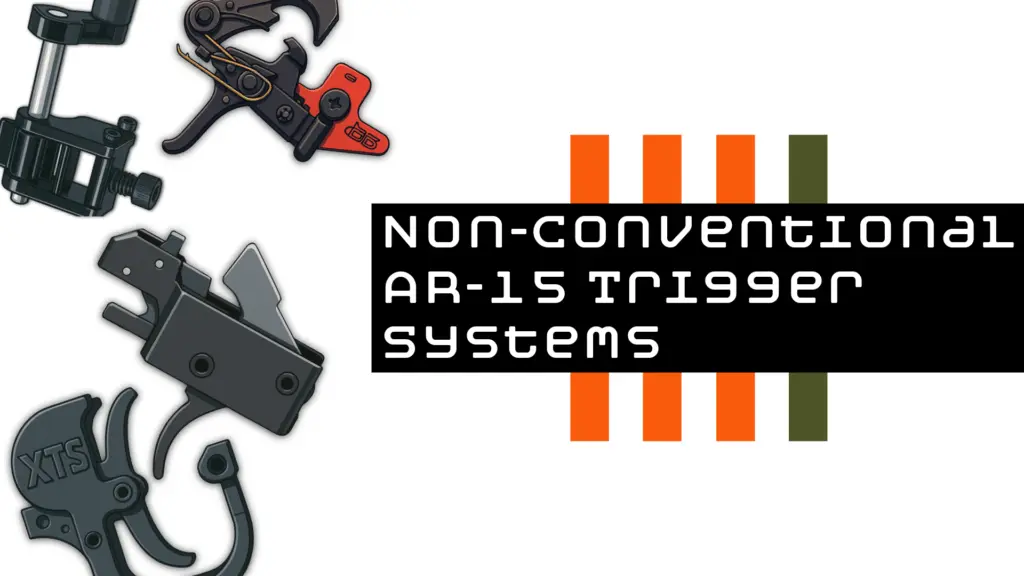
When upgrading your AR-15, the trigger might be the single most impactful component to improve precision, speed, and shooting experience. While many shooters stick with standard single-stage or two-stage triggers, a new world of non-conventional AR-15 triggers offers innovation, rapid-fire potential, and unique functionality. In this guide, we explore the best alternative trigger systems, their features, and the legal implications you must understand before making a switch.
Non-Conventional AR-15 Triggers: Breaking Traditions with Innovation
Non-conventional AR-15 triggers are redefining how enthusiasts and competitive shooters approach speed, functionality, and fun. Designed to push boundaries, these trigger types often challenge traditional firearm mechanics—and sometimes even legal definitions. Let’s dive into the most popular variants, their benefits, and critical precautions.
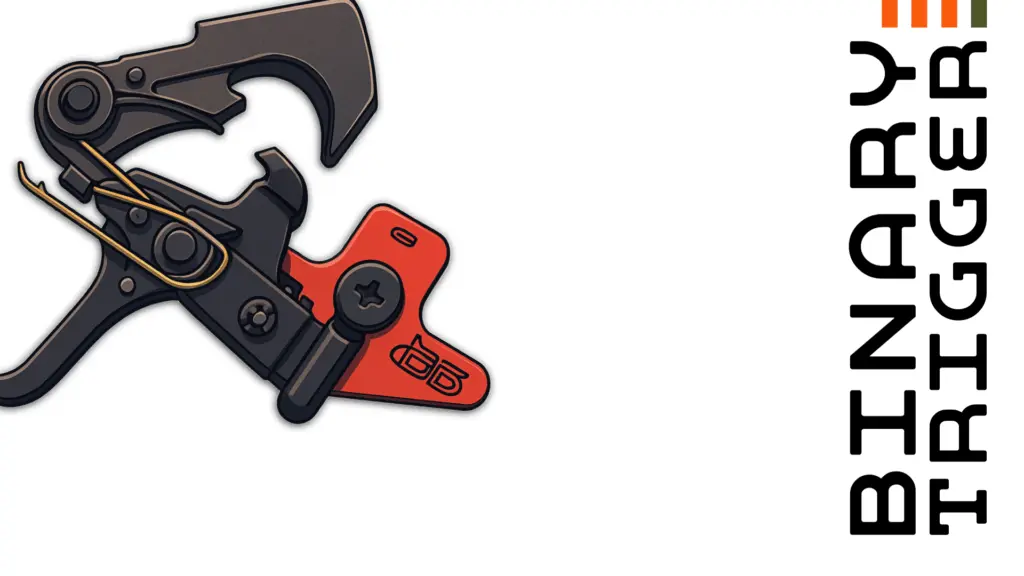
Binary Triggers: Double Your Fire Rate, Legally
Binary triggers have surged in popularity due to their clever mechanism. Unlike conventional designs, a binary trigger fires one round on the pull and one on the release, effectively doubling your shots per cycle. Still classified as semi-automatic in many jurisdictions, they offer a rapid-fire experience without the full-auto designation.
Top Binary Trigger Picks for AR-15s:
| Model | Key Features |
|---|---|
| Franklin Armory BFSIII AR-C1 | Drop-in ready, compatible with mil-spec internals, user-friendly install, great price-performance balance. |
| Franklin Armory BFSIII AR-S1 | Straight blade for faster follow-up, crisp break, flat-face feel preferred by competitors. |
| Fostech Echo AR-II | Fully mechanical, not reliant on electronics, high compatibility, advanced internal design. |
Legal Note: Binary triggers are permitted in many states but banned in others. Always consult your state and local firearm laws before installation or use.
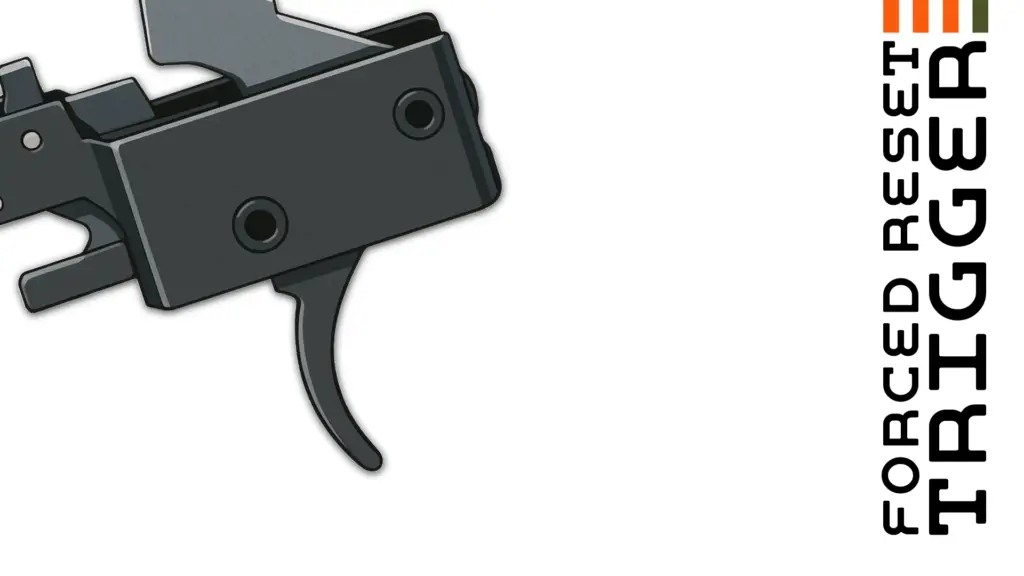
Forced Reset Triggers (FRTs): Rapid Fire With Mechanical Reset
FRTs work by harnessing the rearward motion of the bolt carrier group to forcibly reset the trigger. This mechanism enables lightning-fast shooting with less finger movement, mimicking full-auto speeds—yet technically operating within semi-auto definitions.
Featured Model: Rare Breed FRT-15 (3-Position Version)
Originally the center of legal debate, the FRT-15 gained popularity for its speed and mechanical sophistication. The three-position selector increases usability, and when paired with a tuned rifle, the results are staggering.
Legal Warning: On May 16, 2025, a legal settlement led to the DOJ removing Rare Breed FRT-15 from its classification as a machine gun. However, interpretations vary—consult a firearms attorney before making a purchase.
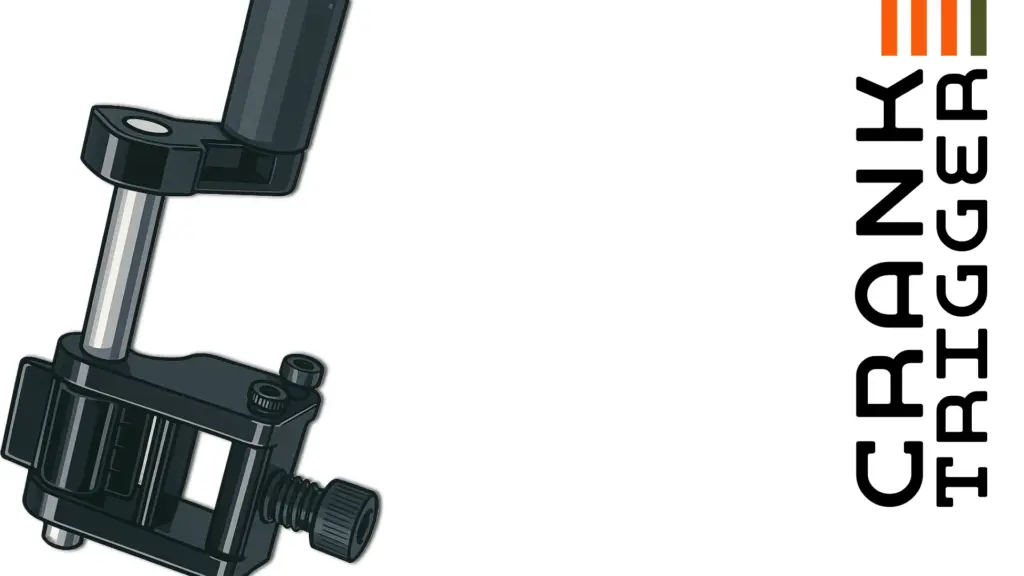
Trigger Cranks: Manual Fun with High Rates of Fire
A throwback to Gatling-style ingenuity, trigger cranks attach externally and allow the shooter to rapidly cycle the trigger using a crank handle. These devices offer high rates of fire while keeping the internal fire control group unchanged.
Pros of Trigger Cranks:
- No need for permanent modifications
- Lightweight and removable
- Novelty and entertainment factor
Cons to Consider:
- Can lead to significant recoil/muzzle climb
- Not suitable for all ranges or scenarios
- Highly regulated in some jurisdictions
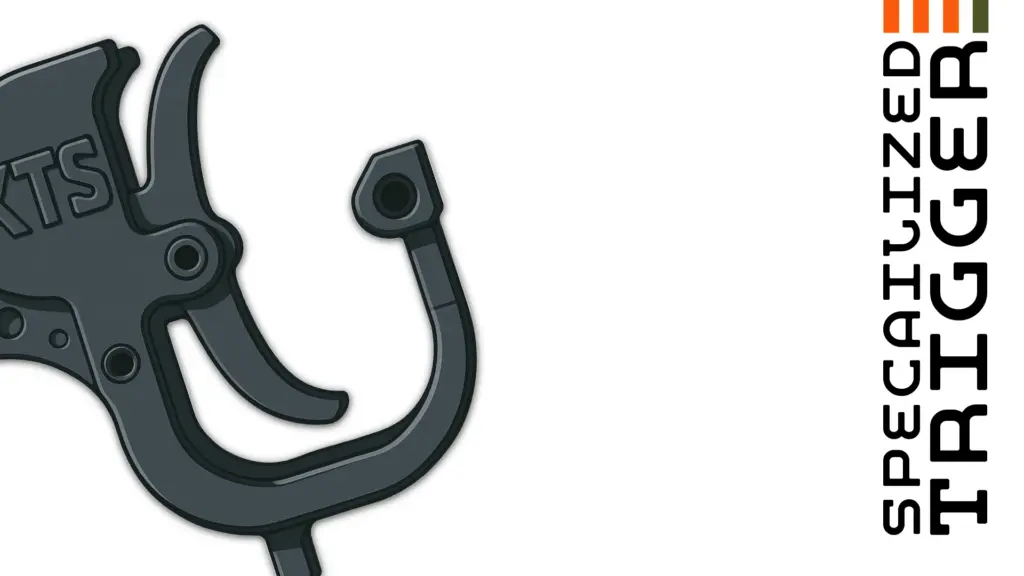
Unusual & Experimental AR-15 Trigger Systems
Beyond binary and FRTs, there are more experimental systems offering niche functionality:
Double Triggers / Split Triggers
Some prototypes incorporate dual trigger blades for added control or unique firing mechanisms. These are mostly seen in competitions or for curiosity.
Electronic Triggers
Digital Trigger Technologies and similar companies offer programmable fire control units, enabling burst modes and ultra-light pull weights. These systems are pricey and often incompatible with mil-spec platforms.
Paddle or Toggle Triggers
Rarely seen outside bullpup or concept platforms, these horizontal input devices aim to improve ergonomics or allow new layouts. Not common but worth mentioning for enthusiasts.
Why Non-Conventional Triggers Appeal to Enthusiasts
These systems don’t just make your AR-15 look futuristic—they offer real performance advantages:
- Faster follow-up shots
- Customizability for shooting style
- Unique tactical or competition uses
- A new layer of fun and engagement for range days
However, always ensure you understand the legal and mechanical implications before integrating them into your build.
Frequently Asked Questions
Are binary triggers legal in my state?
That depends. While federally permitted, many states including California and New York have restrictions. Check local laws.
How do forced reset triggers differ from binary?
FRTs use the rifle’s recoil to reset the trigger; binary triggers use a two-phase mechanical firing (pull and release).
Can I install a binary trigger myself?
Yes. Most come as drop-in kits and are compatible with mil-spec AR-15 lower receivers.
Is a trigger crank considered automatic fire?
It depends. Since each crank action mechanically triggers a semi-auto shot, it typically avoids the “automatic” label, but not always legally.
Are electronic triggers worth the cost?
They offer unmatched speed and customization but are expensive and not widely supported in the AR platform.
What’s the risk of using an FRT legally?
The main risk lies in evolving ATF rulings. Even if a product is legal today, future classification could change that status.
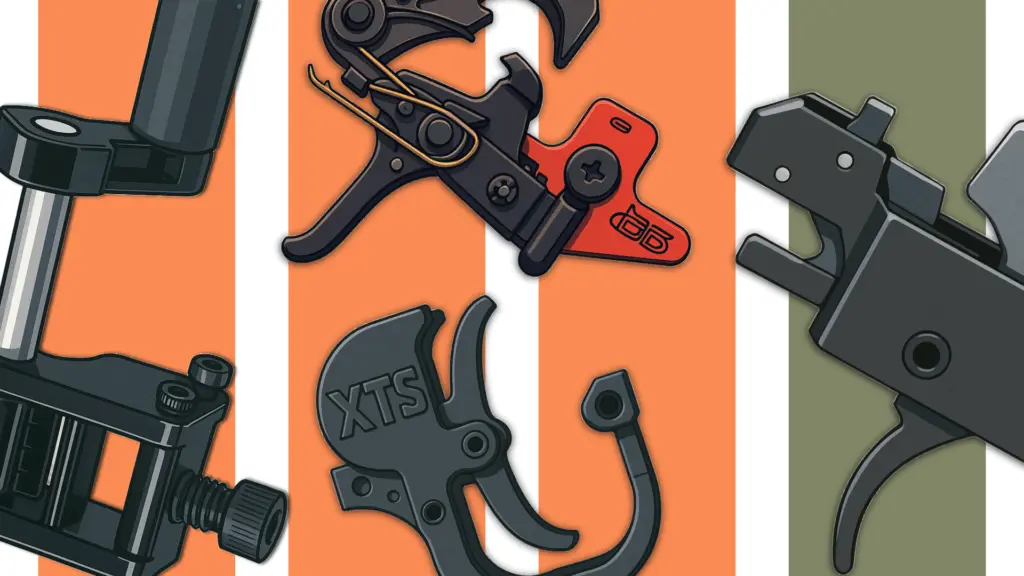
Conclusion
The world of non-conventional AR-15 triggers is filled with innovation, excitement, and controversy. Whether you’re looking to increase your fire rate for sport or just want to explore unique gear configurations, these systems offer something special. Still, the line between legal and restricted can be thin—so always research thoroughly, consult professionals, and document your builds.
Safe shooting starts with informed choices. Stay ahead of trends, stay within the law, and most importantly, stay safe.







